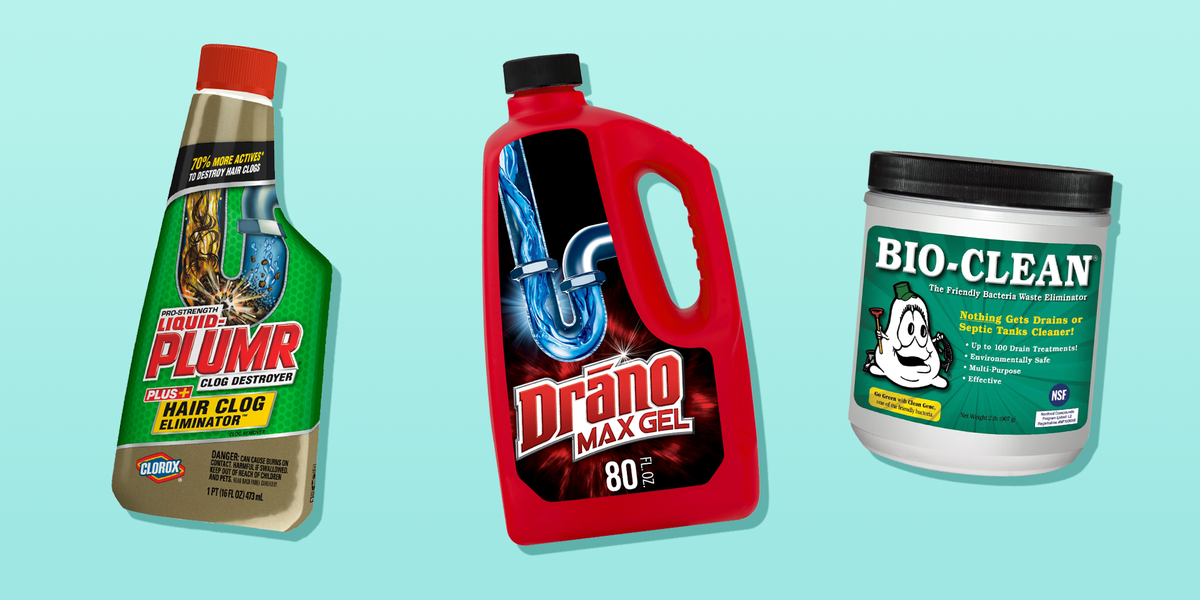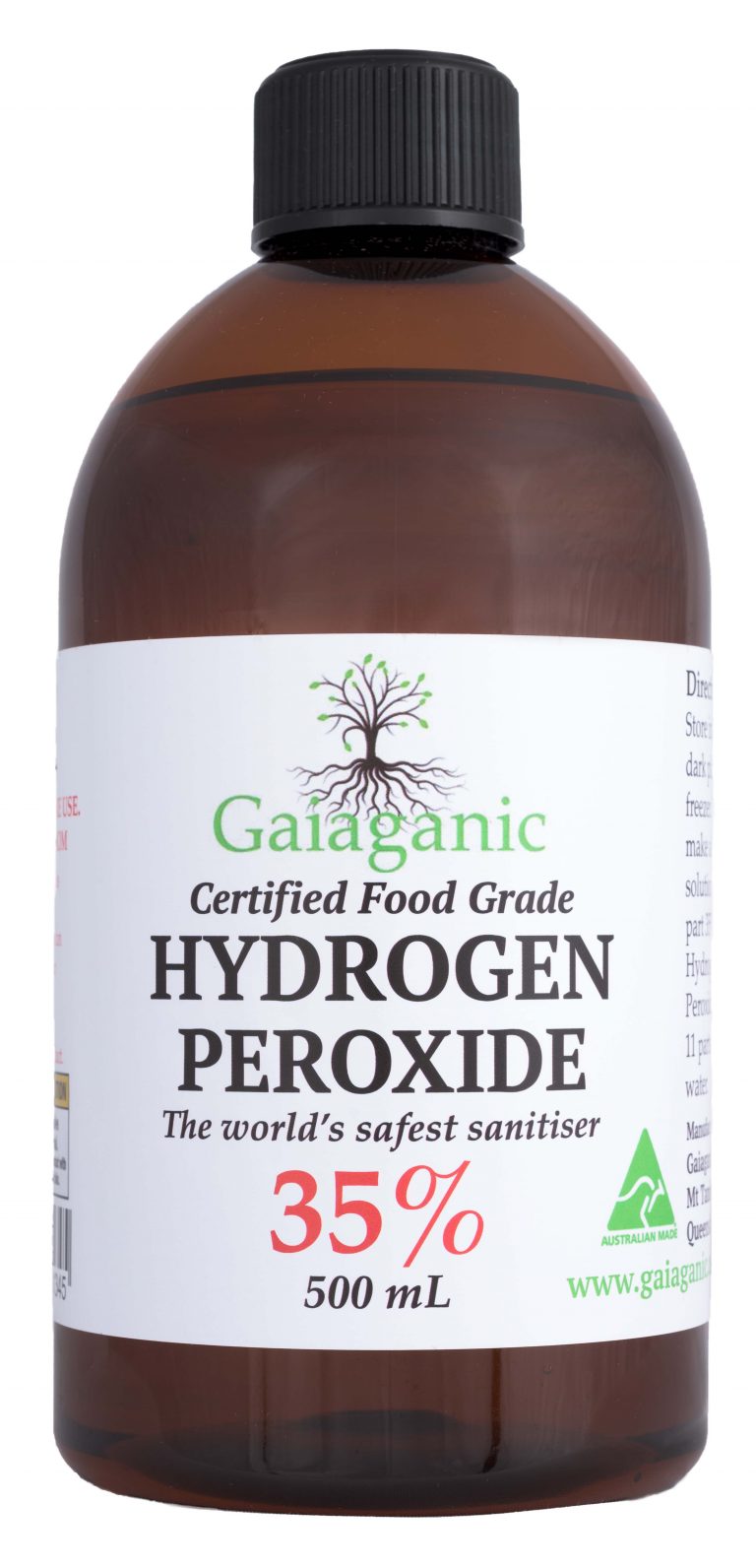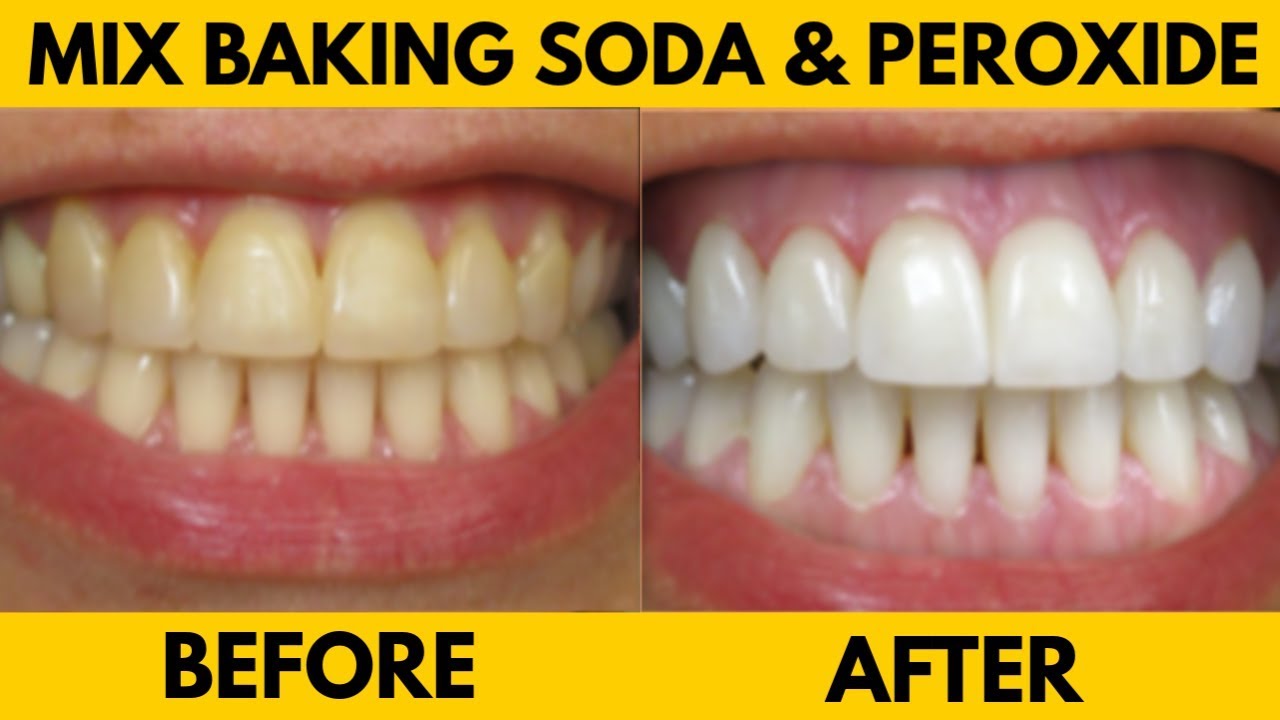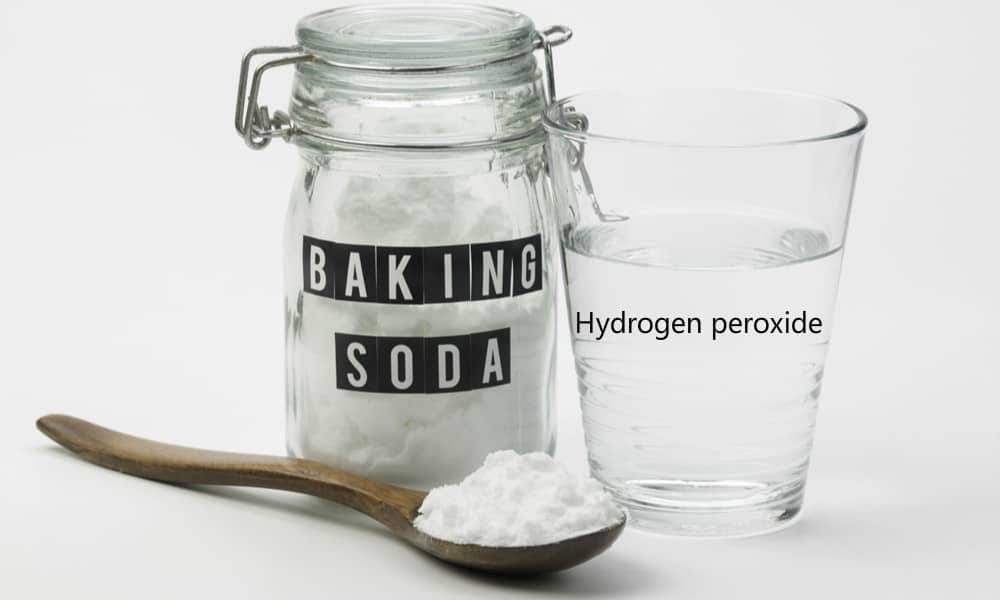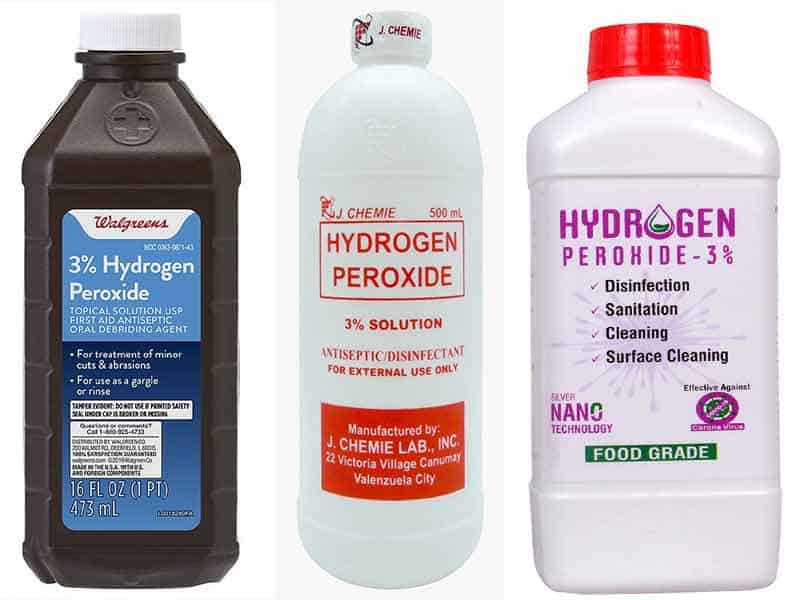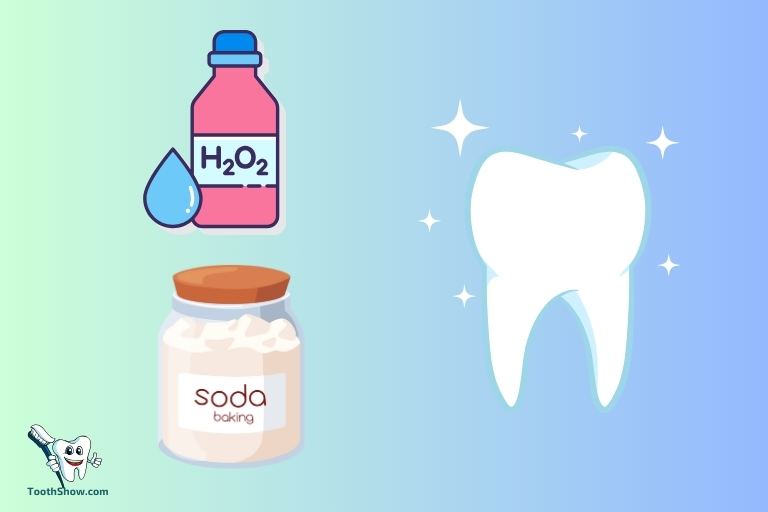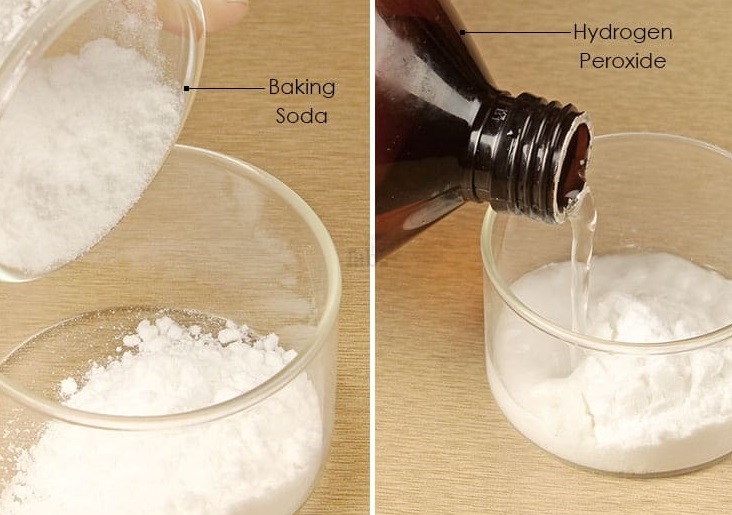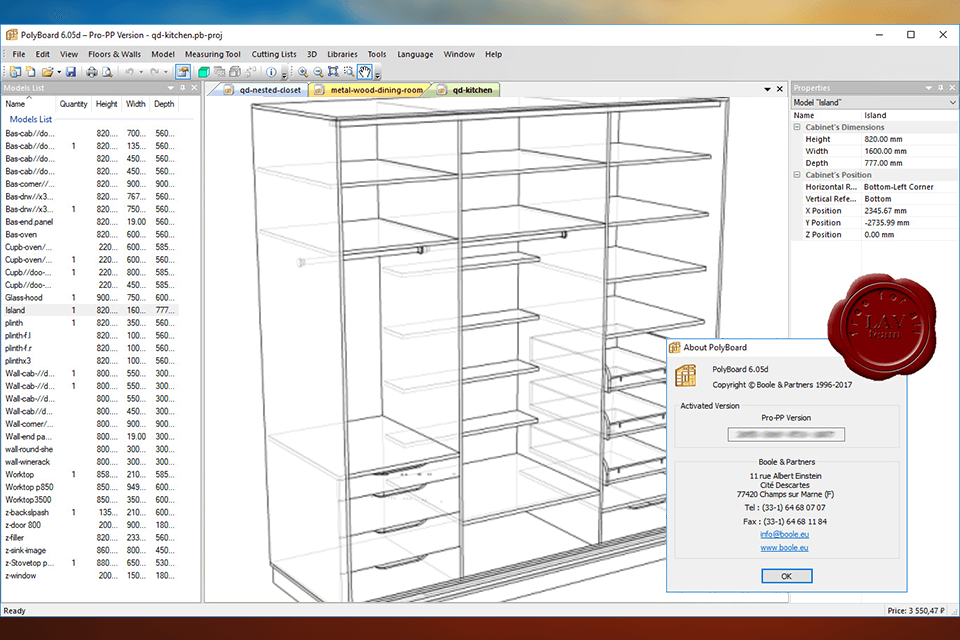If your kitchen sink is clogged, the first method you should try is using a plunger. This tool is designed to create suction and pressure, which can help to dislodge the clog and get your sink draining again. To use a plunger, make sure there is enough water in the sink to cover the suction cup. Place the plunger over the drain and push down firmly, then pull up quickly to create suction. Repeat this motion several times until the clog is cleared.1. Plunger
If the plunger doesn't work, the next method to try is using a mixture of baking soda and vinegar. This natural solution can help to break down and dissolve clogs in your kitchen sink. Start by pouring a pot of boiling water down the drain to loosen the clog. Then, pour ½ cup of baking soda down the drain, followed by 1 cup of white vinegar. Cover the drain with a plug or cloth and let the mixture sit for 5-10 minutes. Finally, pour another pot of boiling water down the drain to flush away the clog.2. Baking Soda and Vinegar
Another simple and effective way to unclog your kitchen sink is by using boiling water. This method is best for clogs caused by grease or oil buildup. Boil a pot of water and carefully pour it down the drain in 2-3 stages, allowing the water to work its way through the clog. If the clog is stubborn, you can also add some dish soap to the boiling water for extra grease-fighting power.3. Boiling Water
If you don't have baking soda or vinegar on hand, you can try using salt and hot water to clear your clogged kitchen sink. Start by boiling a pot of water and then add ½ cup of salt to the drain. Let it sit for a few minutes, then pour the boiling water down the drain. The combination of salt and hot water can help to dissolve and flush away clogs.4. Salt and Hot Water
Dish soap is another household item that can be used to unclog a kitchen sink. This method works best for clogs caused by grease or food particles. Simply squirt a generous amount of dish soap down the drain, followed by a pot of boiling water. The soap will help to break down the grease and the hot water will flush it away.5. Dish Soap and Hot Water
If the clog in your kitchen sink is too stubborn for the above methods, you may need to use a plumber's snake. This tool is designed to push through and break up clogs in your pipes. Insert the snake into the drain and turn the handle to work it through the pipes. Once you feel resistance, twist the snake to break up the clog. Then, pull the snake back out and flush the drain with hot water.6. Plumber's Snake
If you have a wet/dry vacuum, you can use it to suck out clogs in your kitchen sink. First, set the vacuum to wet mode and cover the vent with a cloth to create suction. Place the vacuum hose over the drain and turn it on. The suction should help to dislodge and remove the clog. Once the clog is cleared, run hot water down the drain to flush out any remaining debris.7. Wet/Dry Vacuum
Caustic soda, also known as sodium hydroxide, is a powerful chemical that can be used to dissolve tough clogs in your kitchen sink. However, it can be dangerous to handle, so make sure to wear gloves and eye protection. Mix 3 cups of caustic soda with ¾ gallon of cold water in a bucket. Pour the mixture slowly down the drain and let it sit for at least 20 minutes. Then, flush the drain with hot water.8. Caustic Soda
If you prefer to use a chemical drain cleaner, opt for an enzyme-based one rather than a harsh, caustic one. Enzyme drain cleaners use natural enzymes to break down and digest clogs without causing harm to your pipes. These cleaners may take longer to work, but they are safer for your plumbing and the environment.9. Enzyme Drain Cleaners
Another natural solution for unclogging a kitchen sink is using a mixture of hydrogen peroxide and baking soda. Start by pouring 1 cup of baking soda down the drain, followed by 1 cup of hydrogen peroxide. Cover the drain and let the mixture sit for 30 minutes. Then, flush the drain with hot water. The combination of baking soda and hydrogen peroxide can help to break down and remove tough clogs. With these 10 methods, you should be able to unclog your kitchen sink and get it draining properly again. Remember to always use caution when handling chemicals and tools, and if the clog persists, it may be time to call a professional plumber for assistance.10. Hydrogen Peroxide and Baking Soda
Additional Methods to Unclog Kitchen Sink
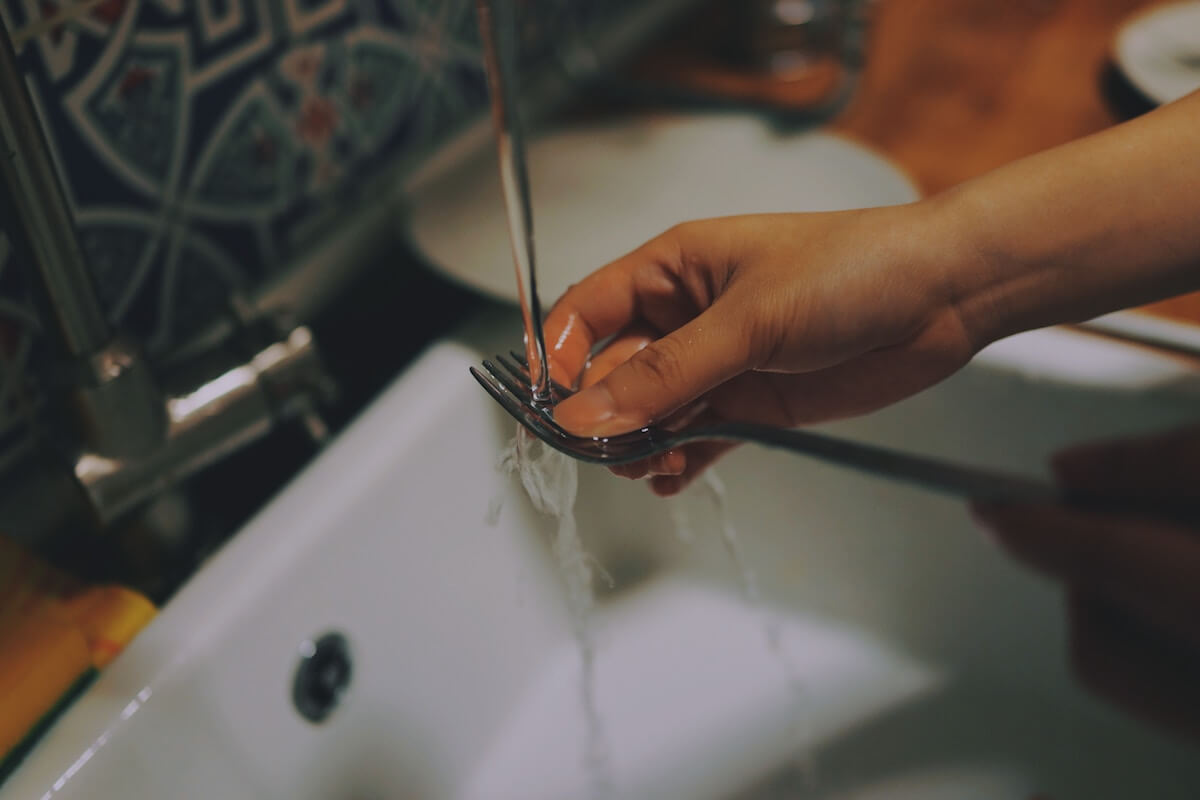
Using a Plunger
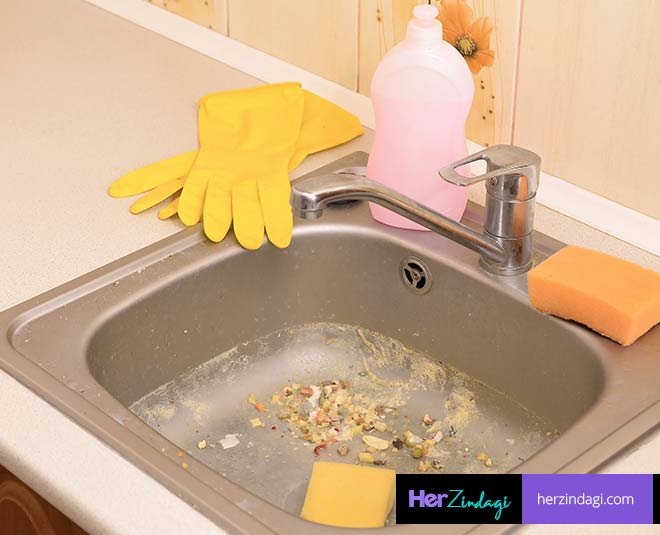 One of the most common and effective methods to unclog a kitchen sink is by using a plunger. This tool creates suction and pressure that can dislodge any blockages in the pipes. Start by filling the sink with a few inches of water, then place the plunger over the drain and push down firmly, then pull up quickly. Repeat this motion a few times until the water starts to drain. For tougher clogs, you can also try using a toilet auger or plumber's snake to break up the blockage.
One of the most common and effective methods to unclog a kitchen sink is by using a plunger. This tool creates suction and pressure that can dislodge any blockages in the pipes. Start by filling the sink with a few inches of water, then place the plunger over the drain and push down firmly, then pull up quickly. Repeat this motion a few times until the water starts to drain. For tougher clogs, you can also try using a toilet auger or plumber's snake to break up the blockage.
Pouring Boiling Water
 If the clog is caused by grease or oil buildup, pouring boiling water down the drain can help dissolve and flush it out. Boil a pot of water and carefully pour it down the drain in 2-3 stages, allowing it to work for a few seconds in between each pour. Be cautious when handling boiling water and avoid using this method if you have PVC pipes, as the heat can damage them.
If the clog is caused by grease or oil buildup, pouring boiling water down the drain can help dissolve and flush it out. Boil a pot of water and carefully pour it down the drain in 2-3 stages, allowing it to work for a few seconds in between each pour. Be cautious when handling boiling water and avoid using this method if you have PVC pipes, as the heat can damage them.
Using Baking Soda and Vinegar
 Another popular and natural method to unclog a kitchen sink is by using a combination of baking soda and vinegar. Start by pouring 1/2 cup of baking soda down the drain, followed by 1/2 cup of vinegar. The mixture will create a foaming reaction that can help break down and loosen any debris in the pipes. Let it sit for 10-15 minutes, then pour hot water down the drain to flush it out.
Another popular and natural method to unclog a kitchen sink is by using a combination of baking soda and vinegar. Start by pouring 1/2 cup of baking soda down the drain, followed by 1/2 cup of vinegar. The mixture will create a foaming reaction that can help break down and loosen any debris in the pipes. Let it sit for 10-15 minutes, then pour hot water down the drain to flush it out.
Chemical Drain Cleaners
 If the above methods do not work, you can also try using a chemical drain cleaner. These cleaners contain powerful chemicals that can dissolve tough clogs, but they can also be harsh and damaging to your pipes. Be sure to carefully read and follow the instructions, and avoid using them if you have a septic system.
If the above methods do not work, you can also try using a chemical drain cleaner. These cleaners contain powerful chemicals that can dissolve tough clogs, but they can also be harsh and damaging to your pipes. Be sure to carefully read and follow the instructions, and avoid using them if you have a septic system.
Preventative Measures
 To avoid future clogs in your kitchen sink, there are a few preventative measures you can take. Avoid pouring grease, oil, and food scraps down the drain, and use a sink strainer to catch any debris. Regularly clean and maintain your pipes by pouring hot water down the drain and using a mixture of baking soda and vinegar once a month.
In conclusion, a clogged kitchen sink can be a frustrating and inconvenient problem, but with these additional methods, you can effectively unclog it and prevent future issues. Remember to always use caution and consider hiring a professional plumber if the clog persists or if you are unsure about handling it yourself. With the right tools and techniques, you can keep your kitchen sink running smoothly and efficiently.
To avoid future clogs in your kitchen sink, there are a few preventative measures you can take. Avoid pouring grease, oil, and food scraps down the drain, and use a sink strainer to catch any debris. Regularly clean and maintain your pipes by pouring hot water down the drain and using a mixture of baking soda and vinegar once a month.
In conclusion, a clogged kitchen sink can be a frustrating and inconvenient problem, but with these additional methods, you can effectively unclog it and prevent future issues. Remember to always use caution and consider hiring a professional plumber if the clog persists or if you are unsure about handling it yourself. With the right tools and techniques, you can keep your kitchen sink running smoothly and efficiently.






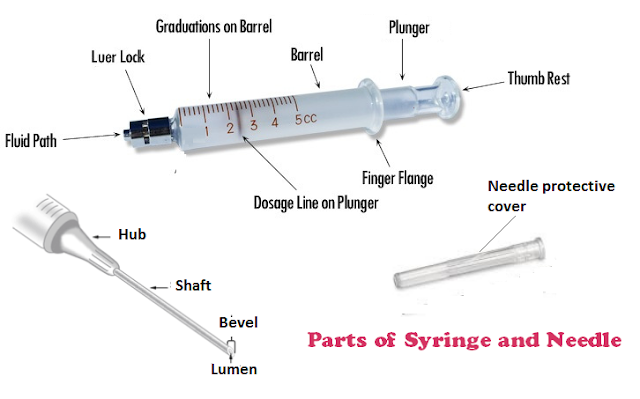
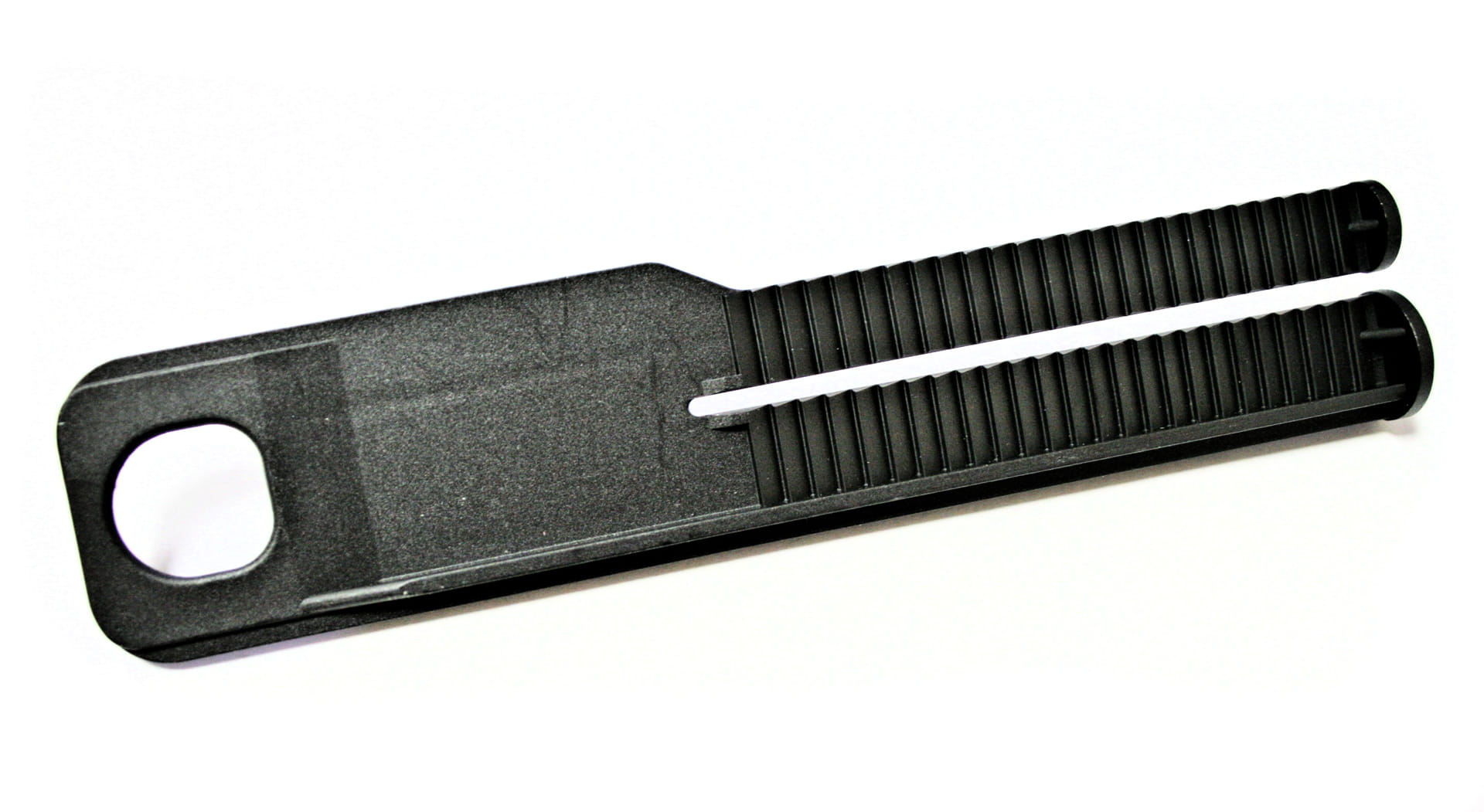
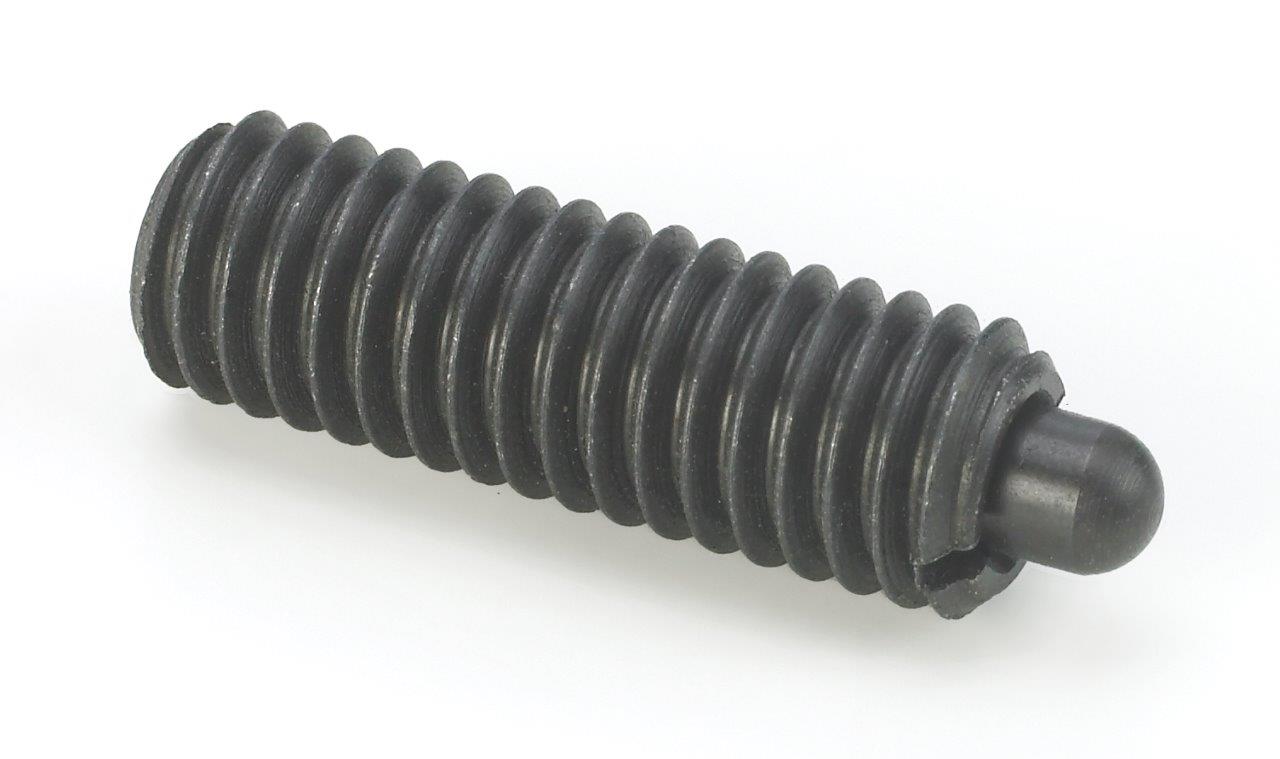


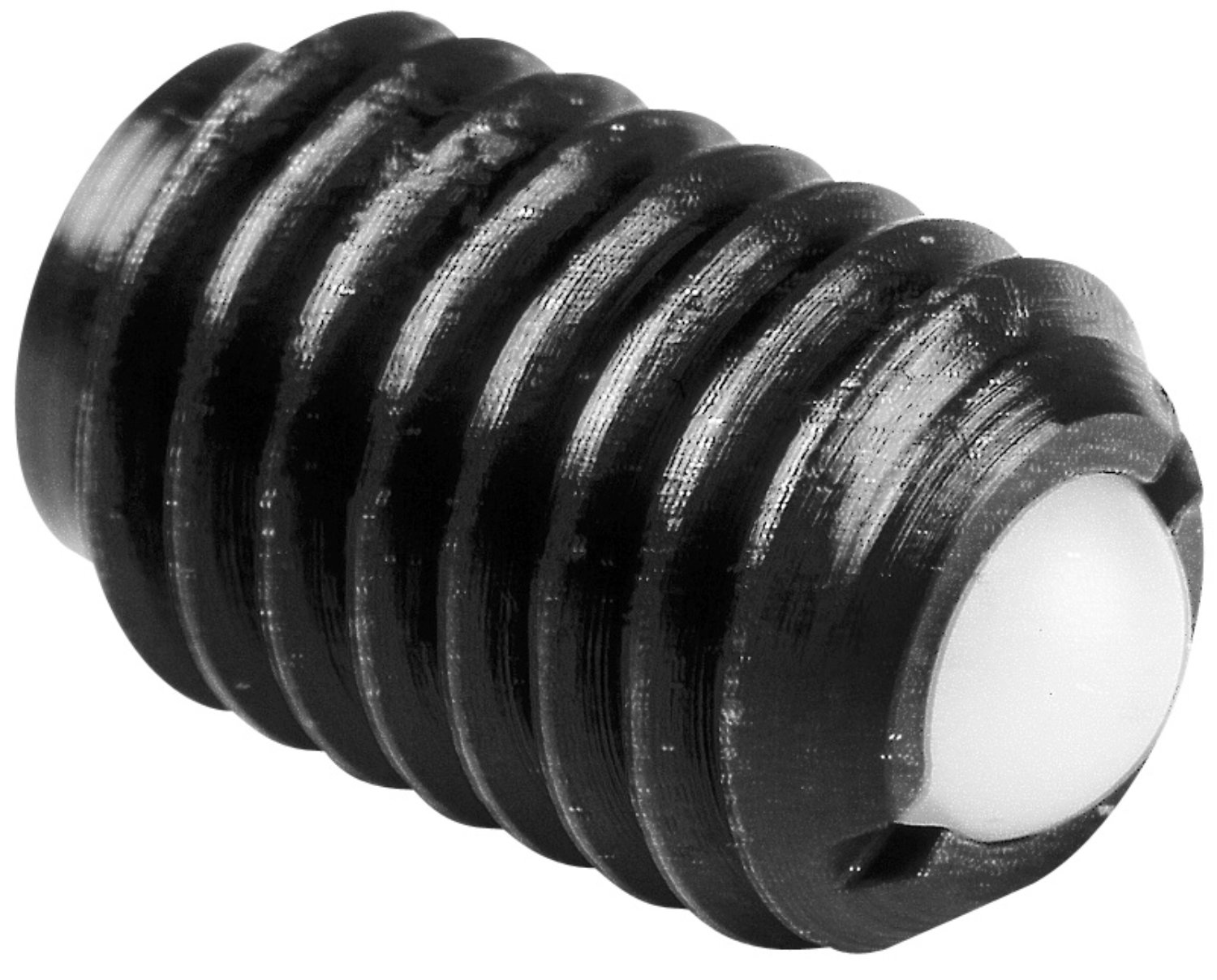


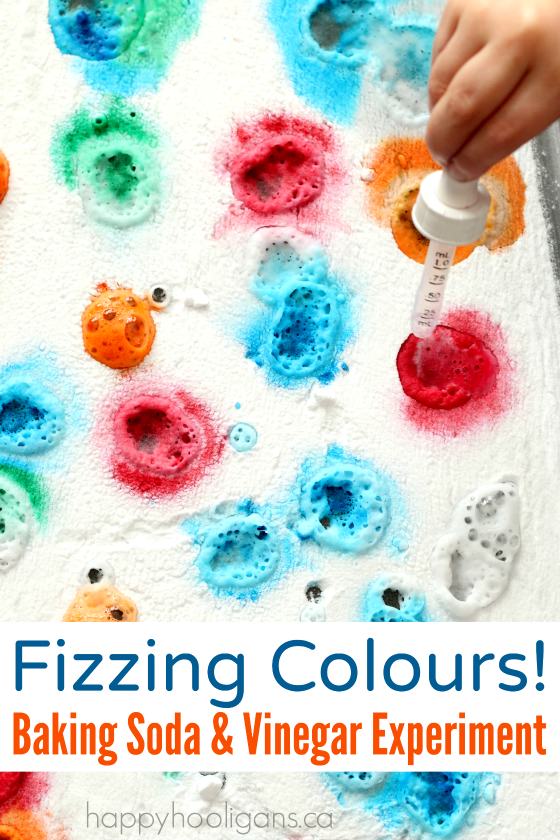

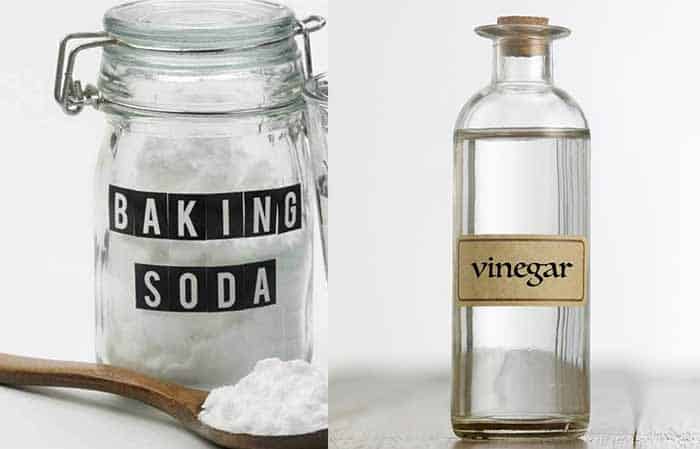



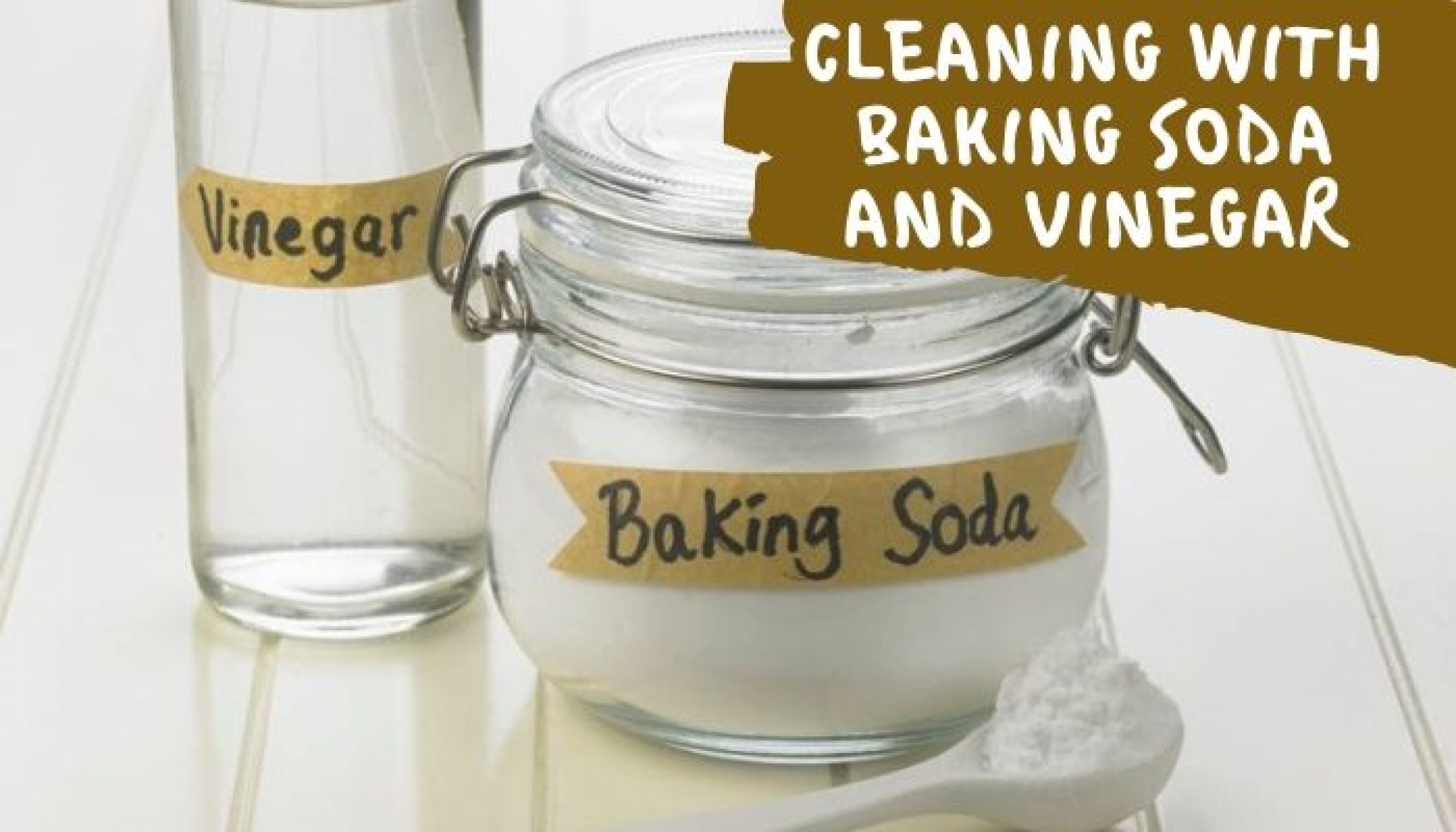
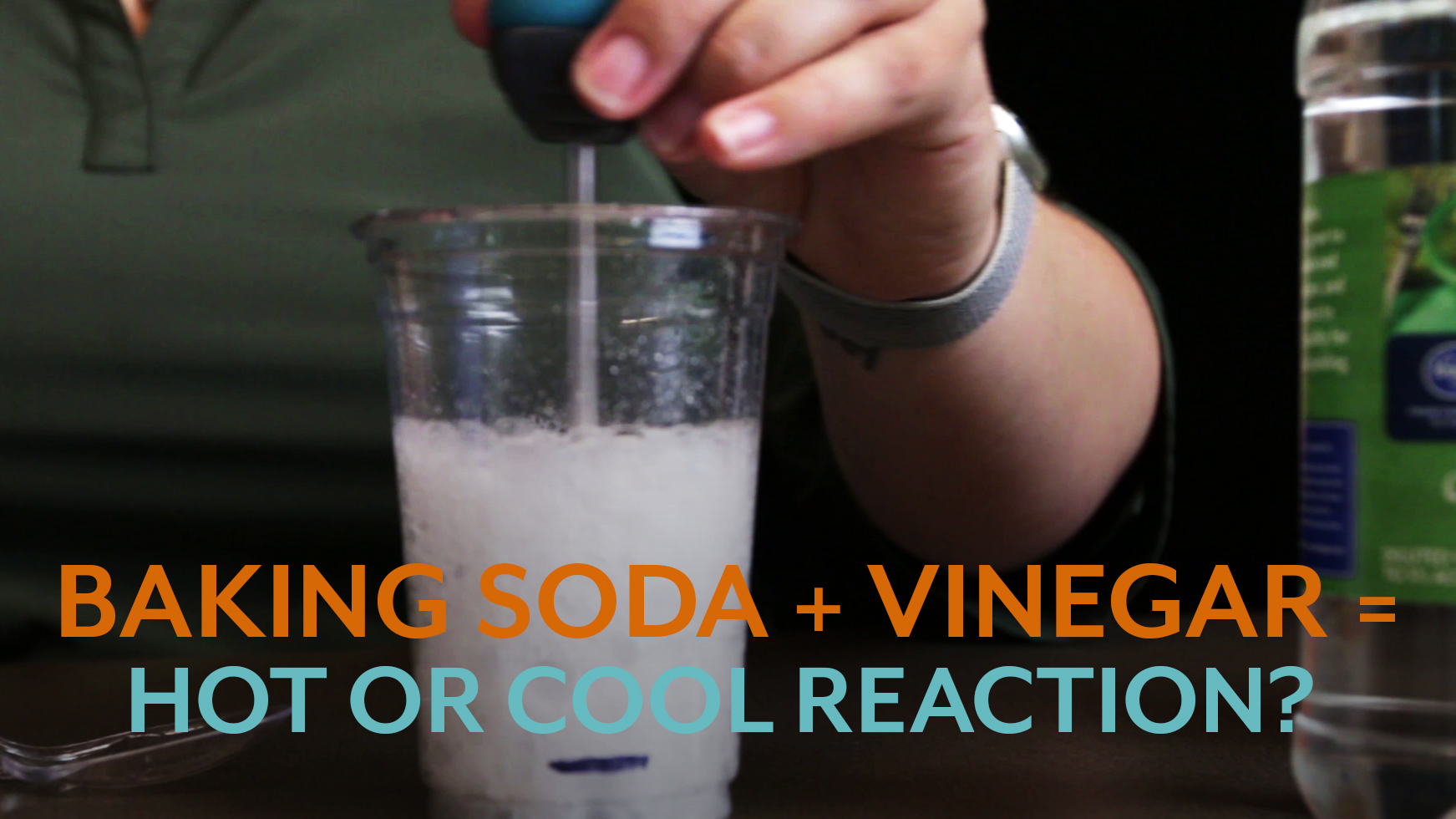






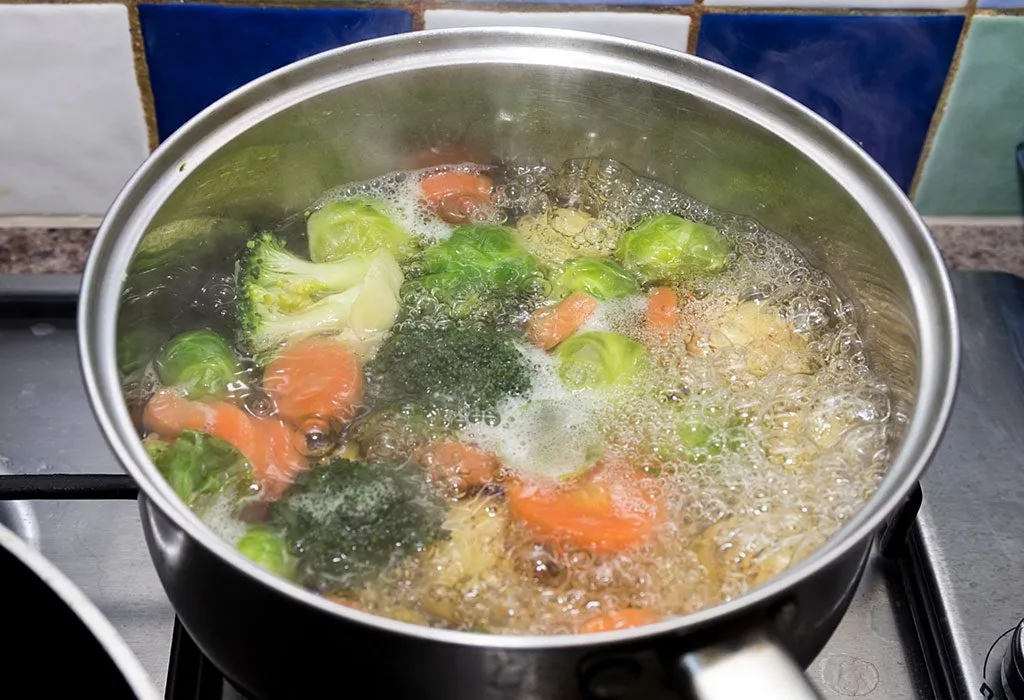


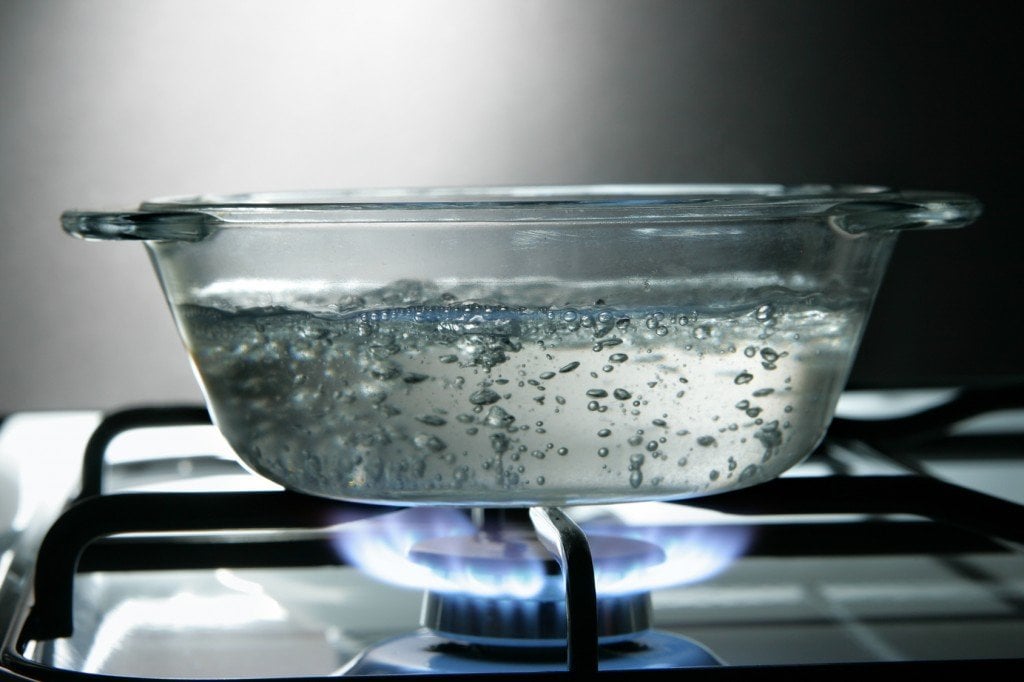


/boiling-water-on-gas-stove-143735234-5790aeb35f9b584d2005e949.jpg)
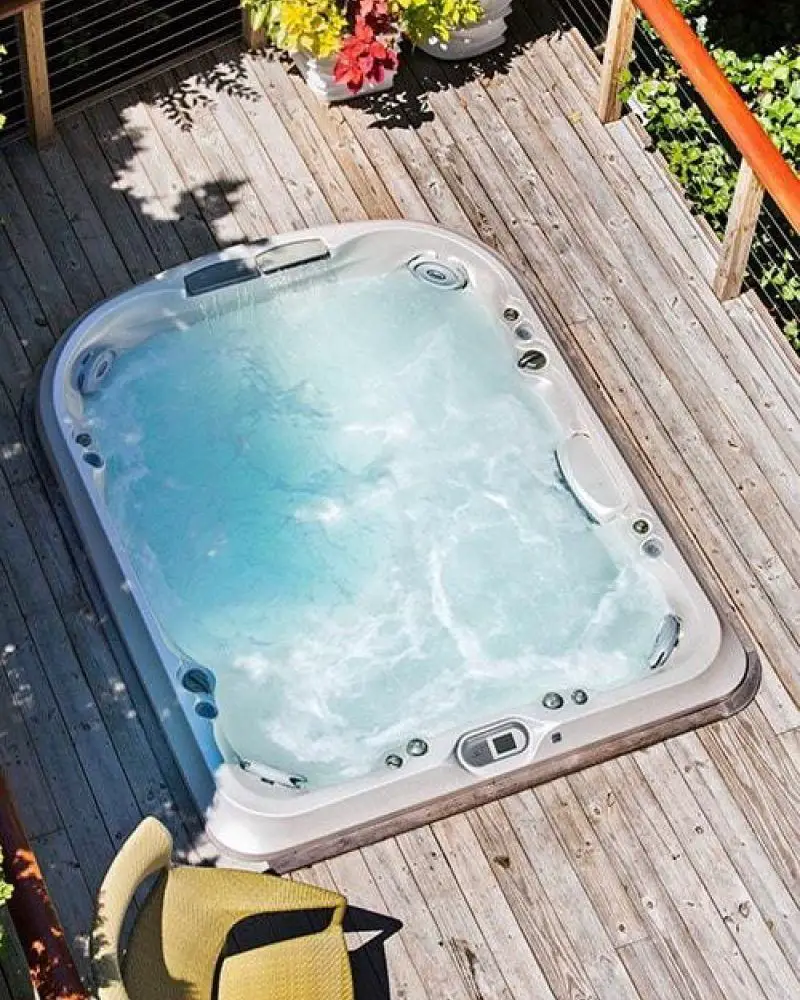





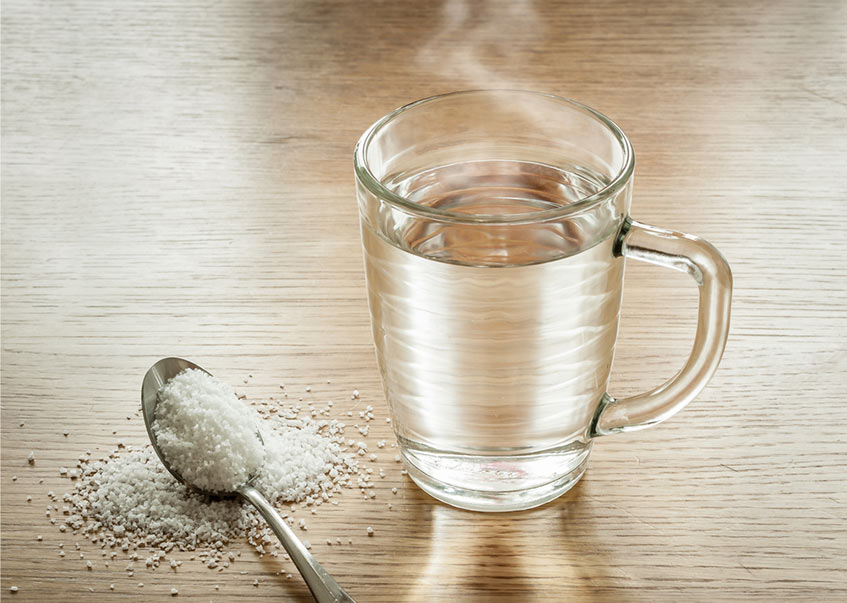
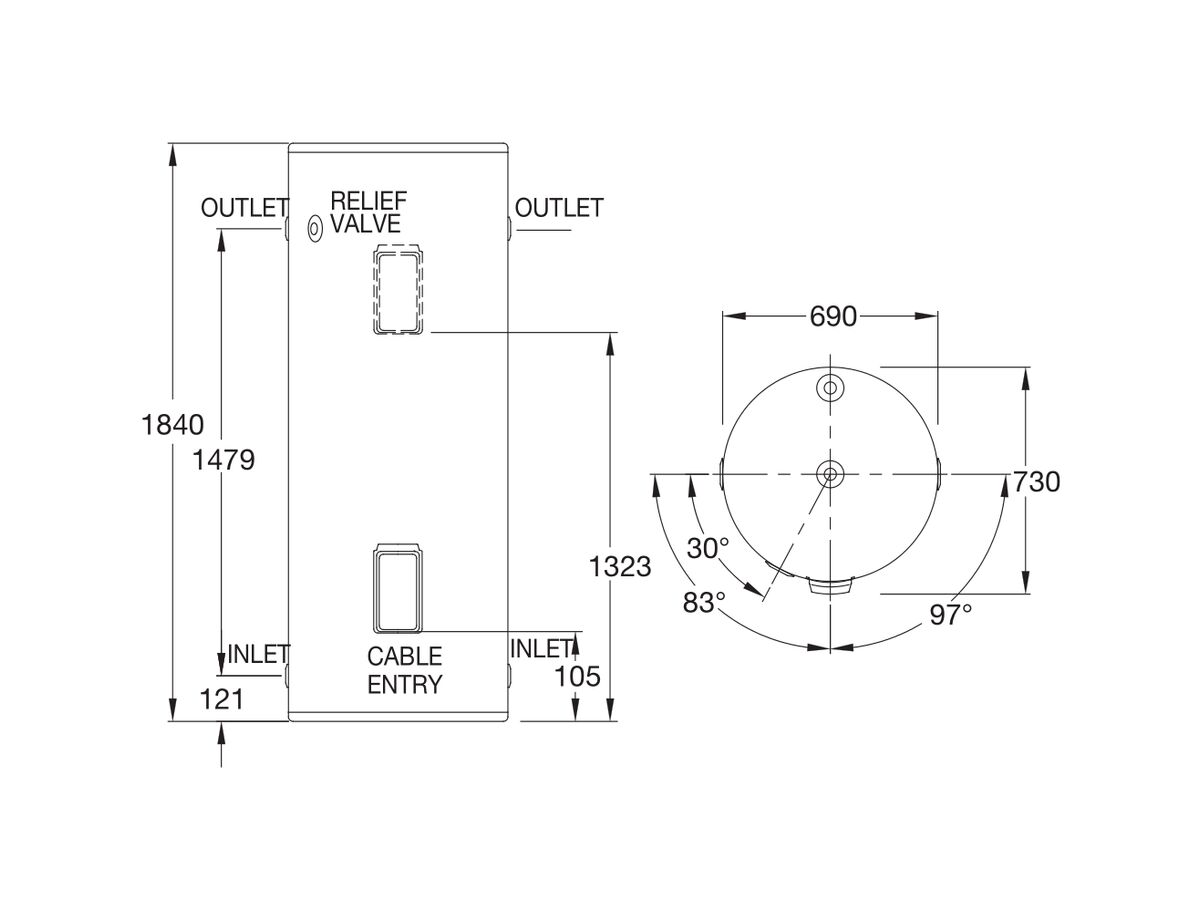

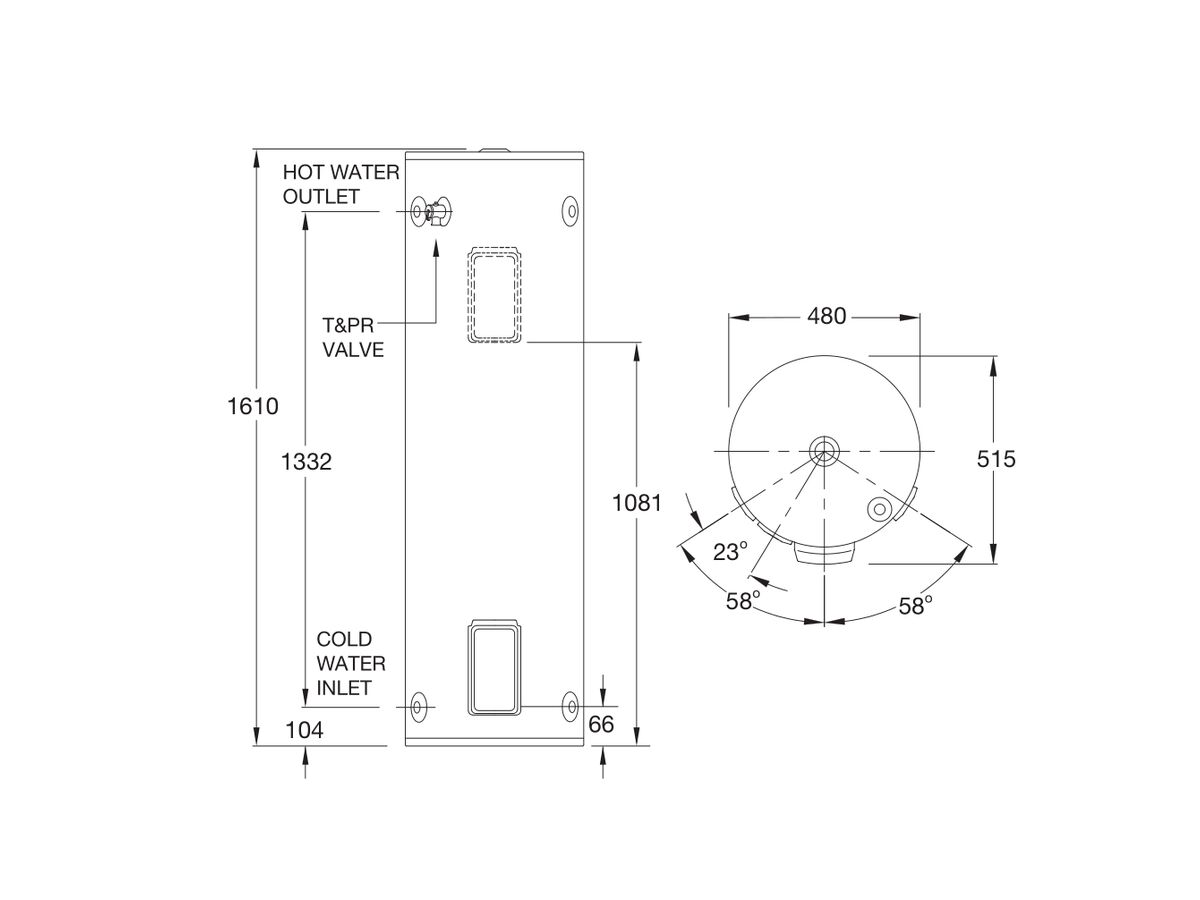


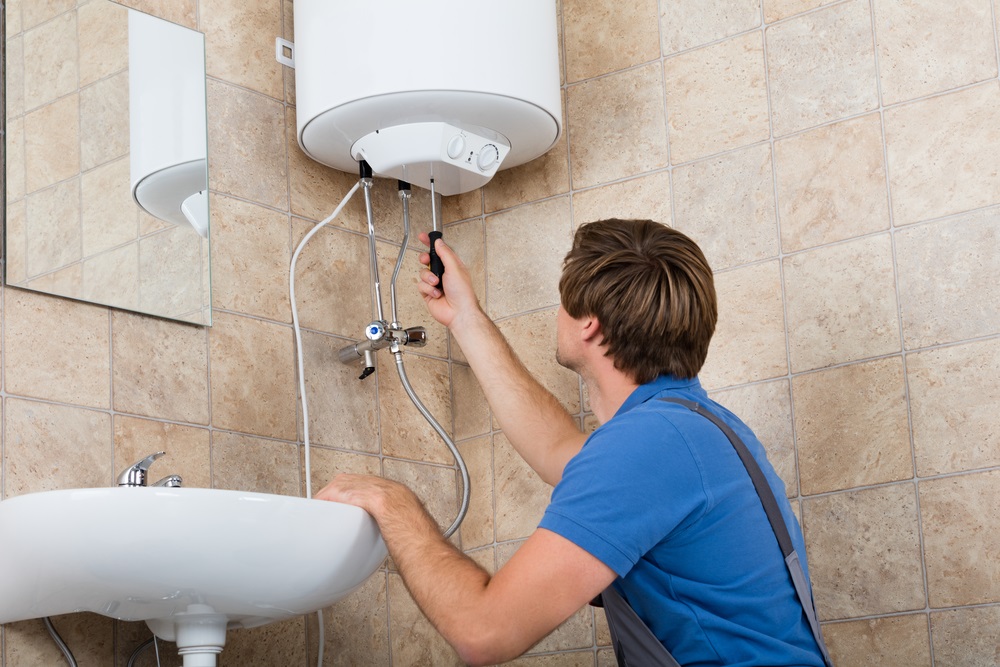



/GettyImages-80566571-5a1ca234aad52b00373338ff.jpg)

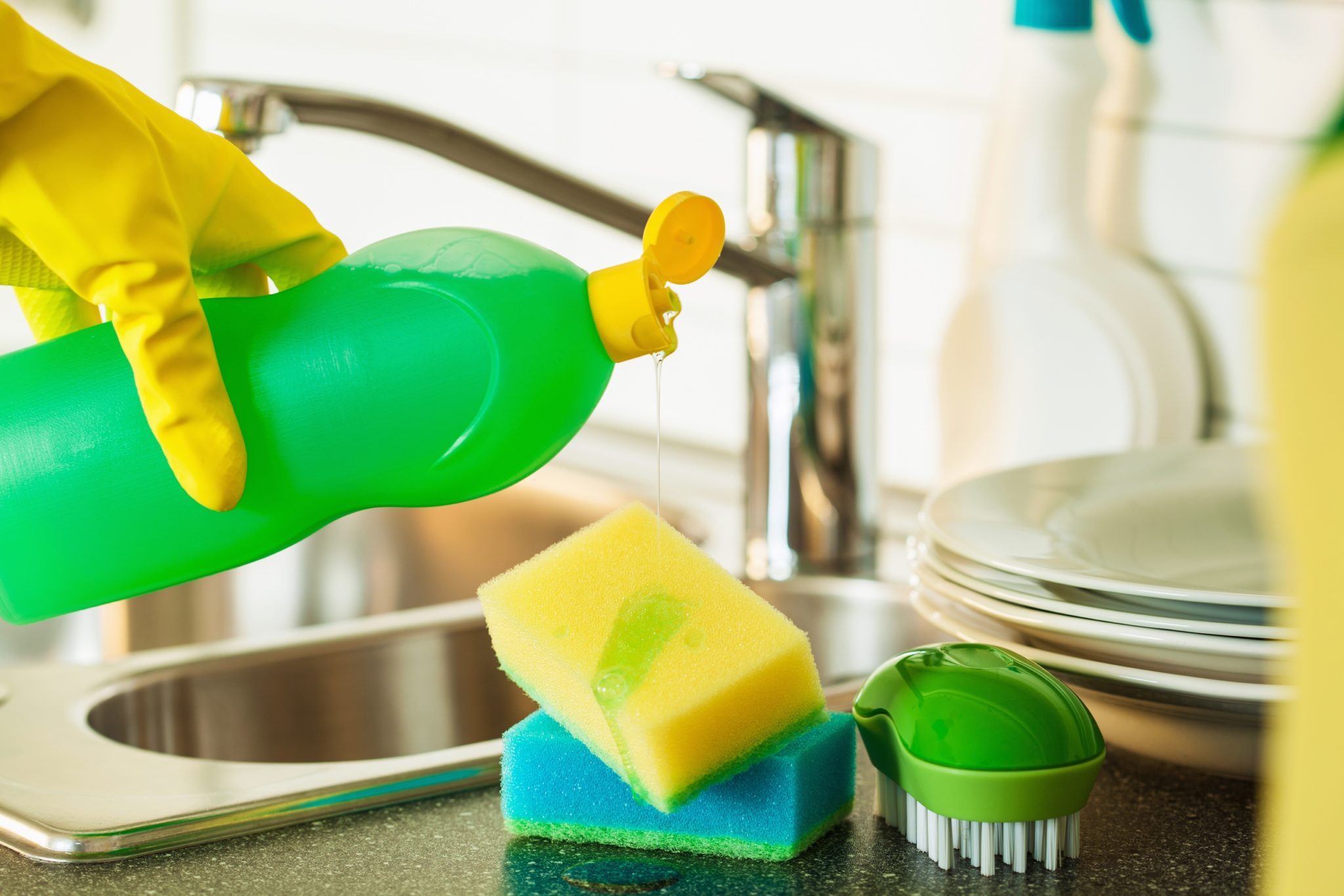

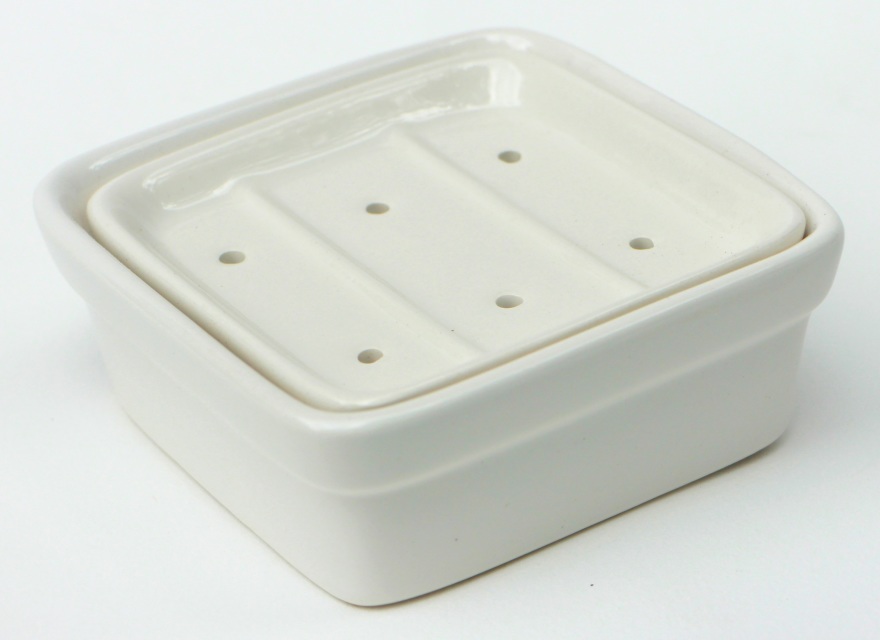

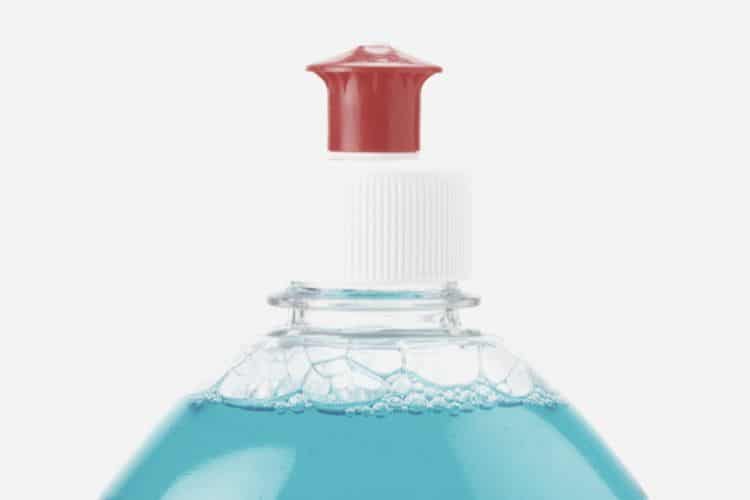

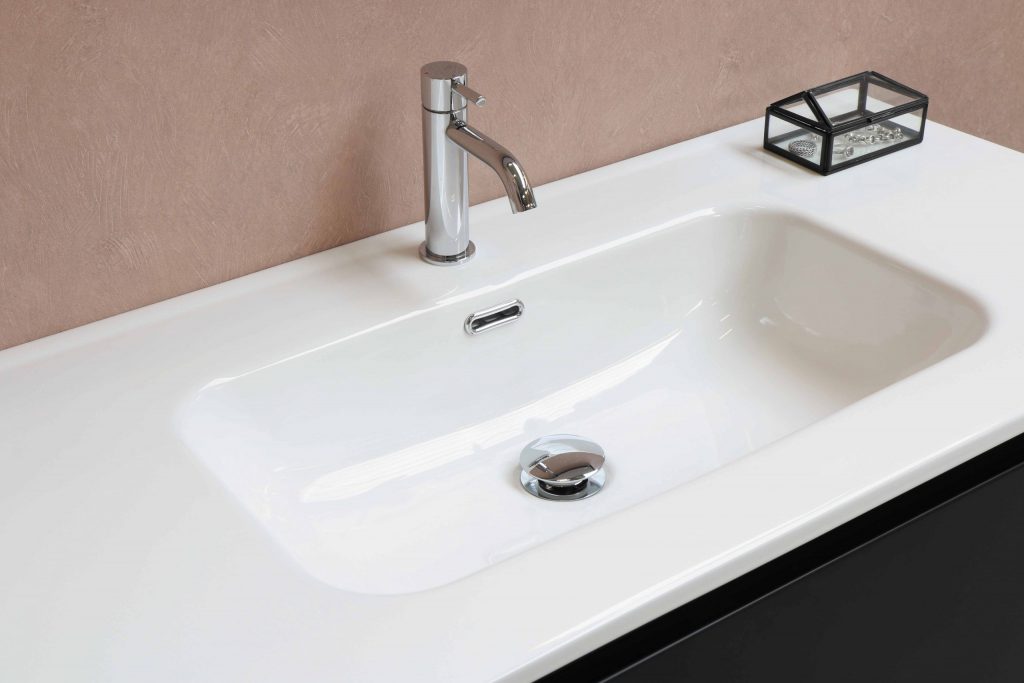







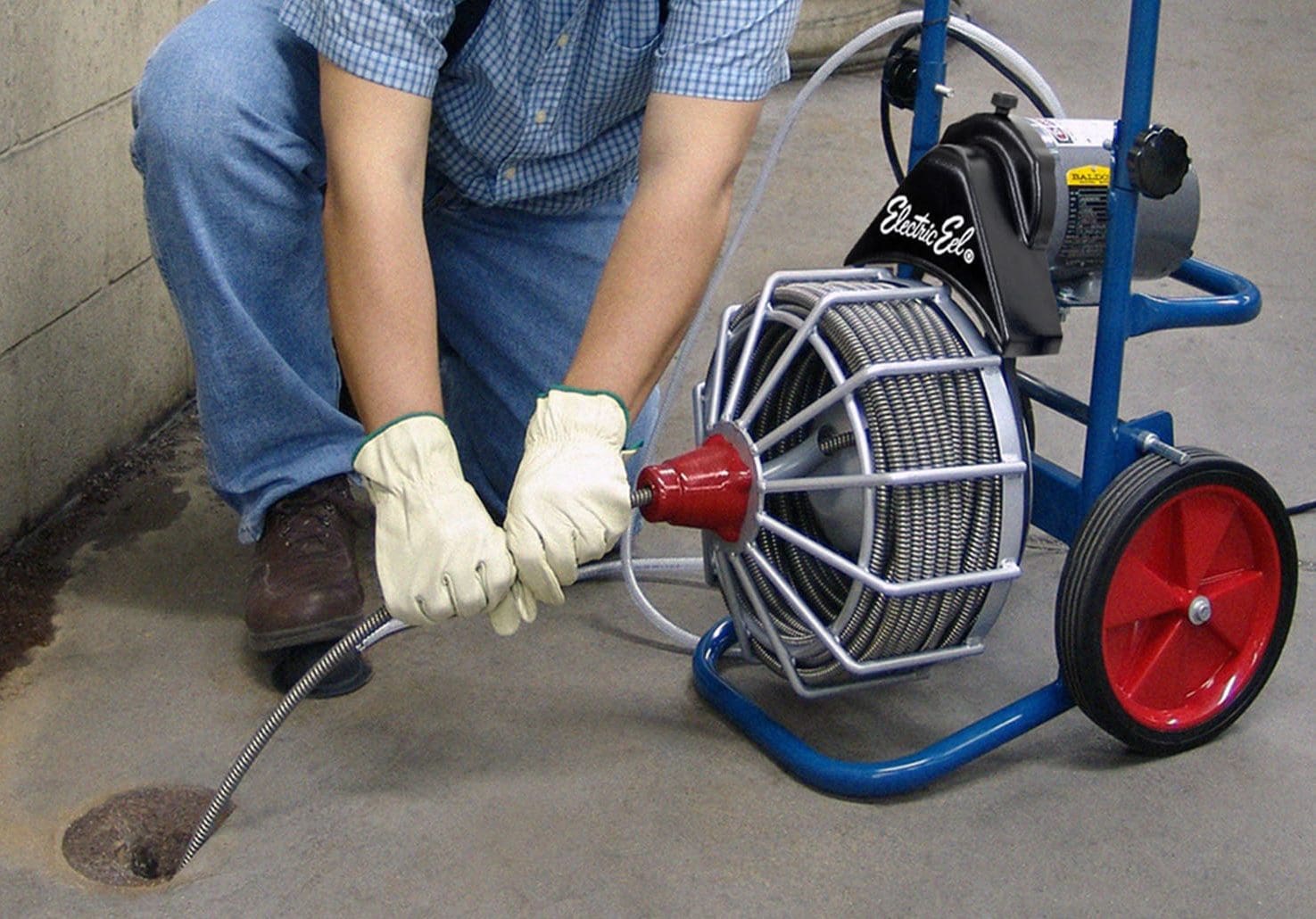

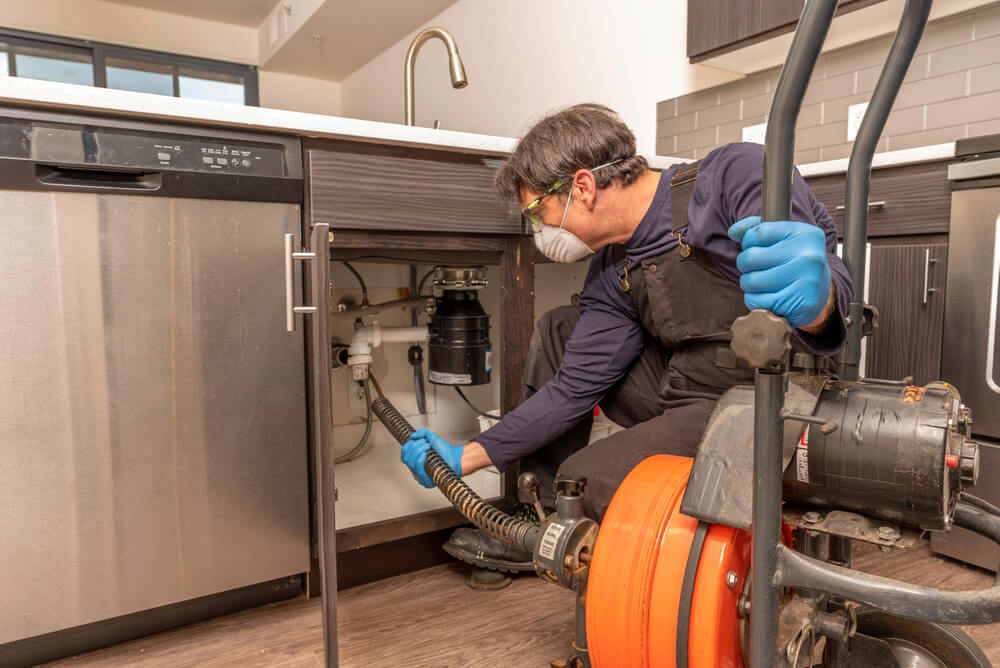
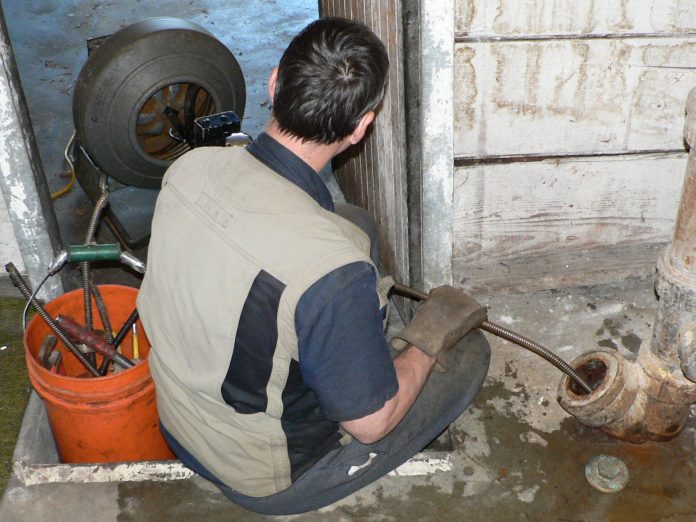





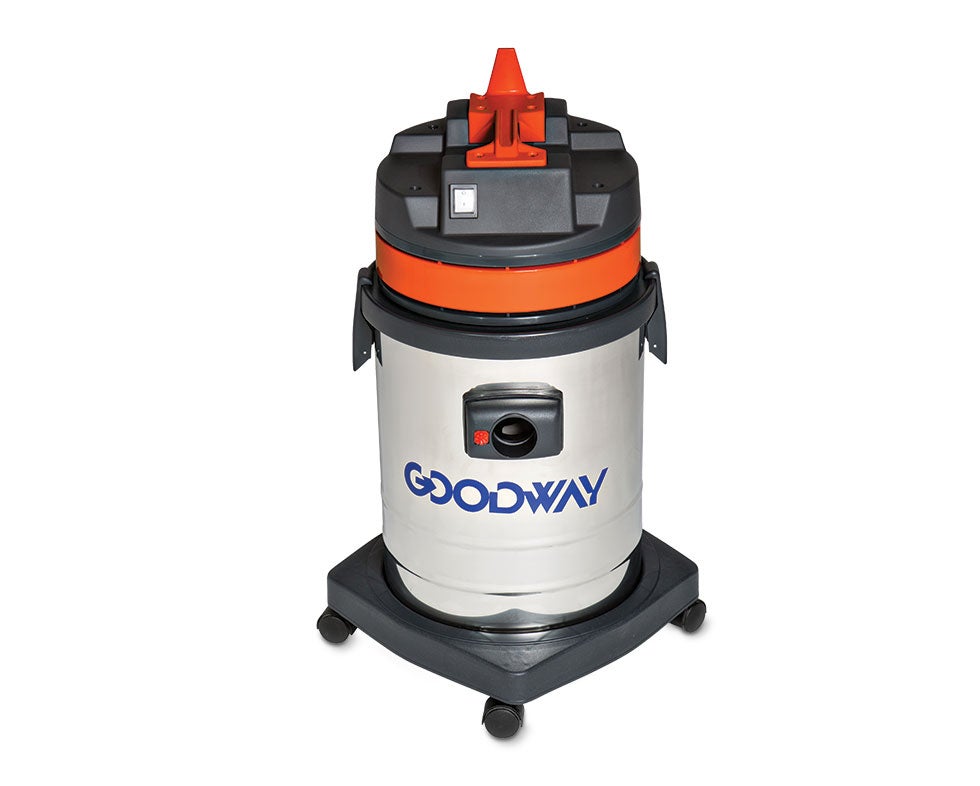



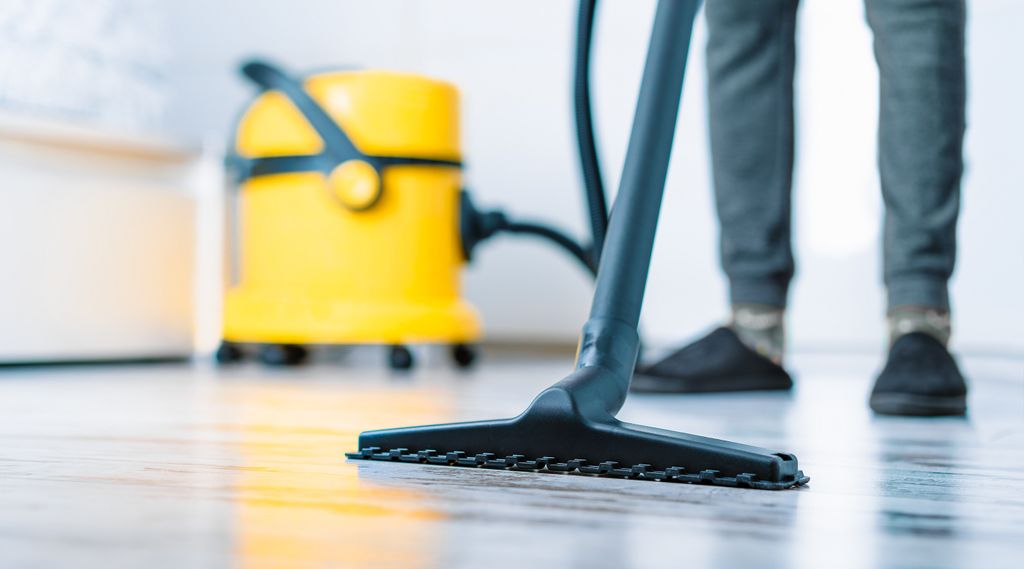


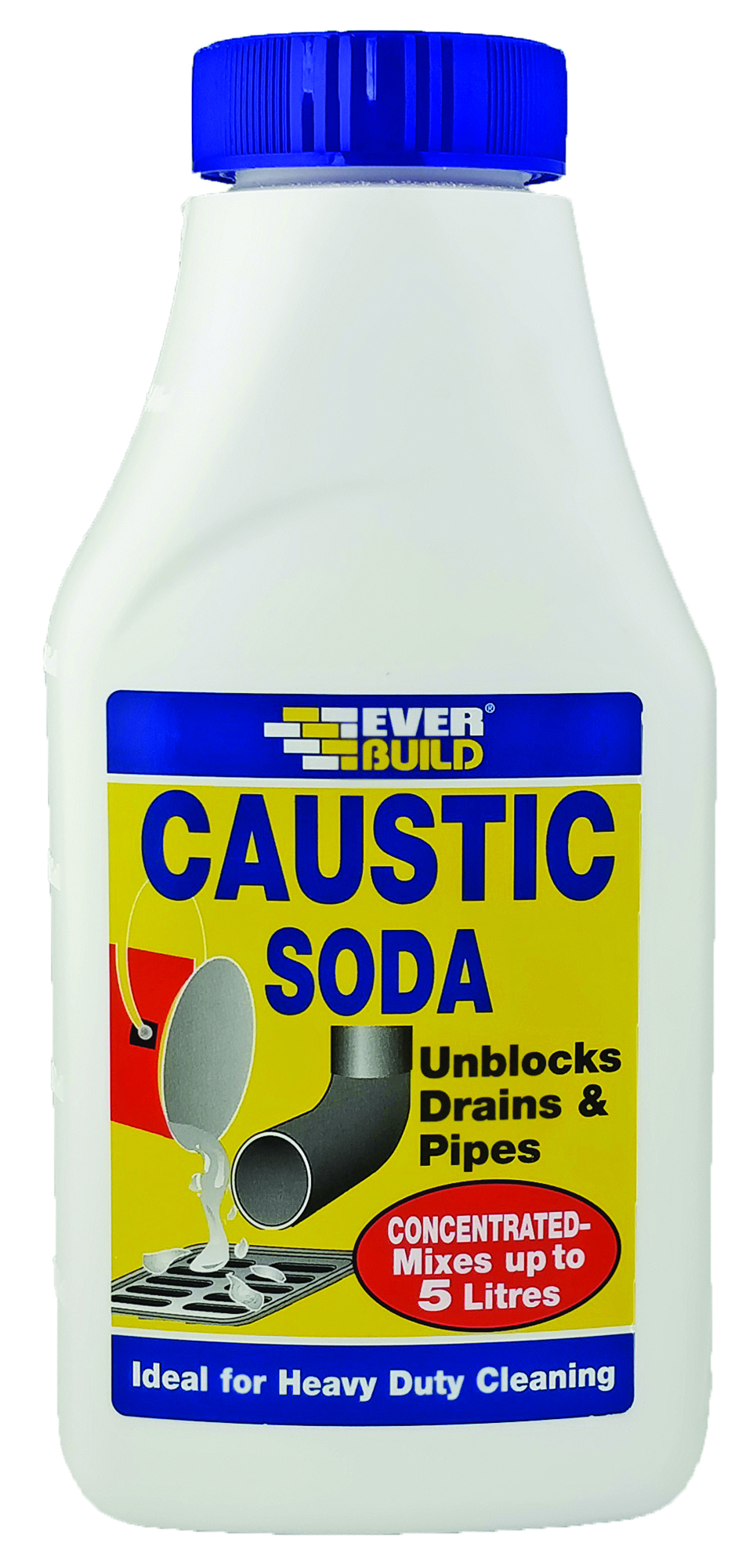



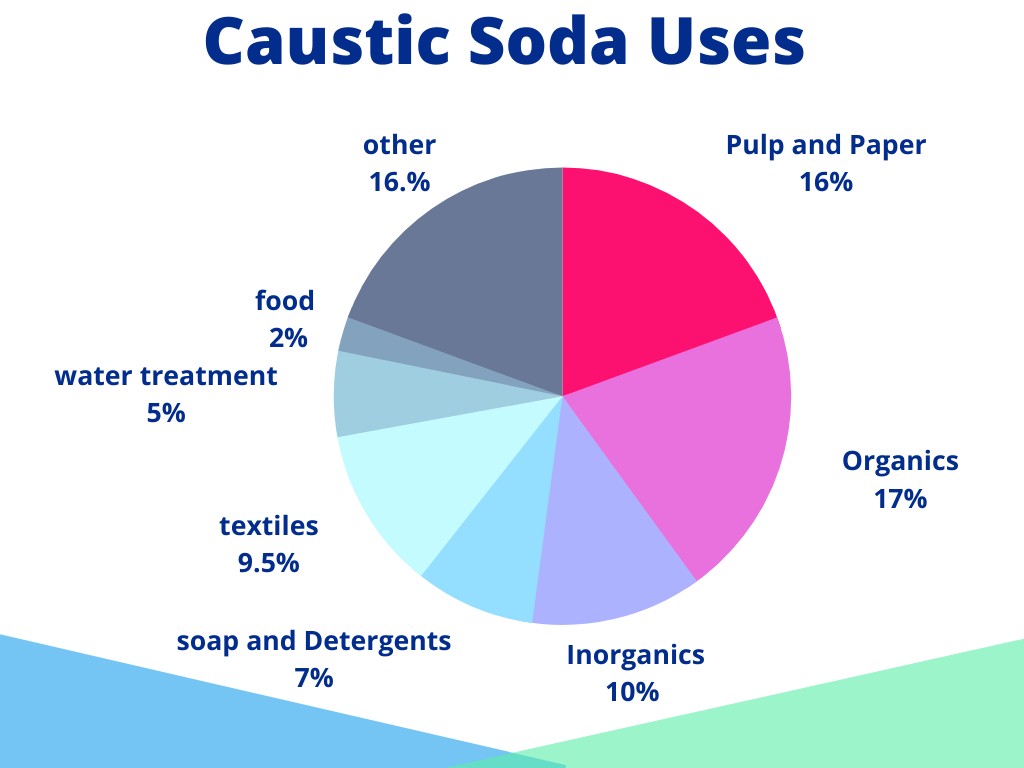


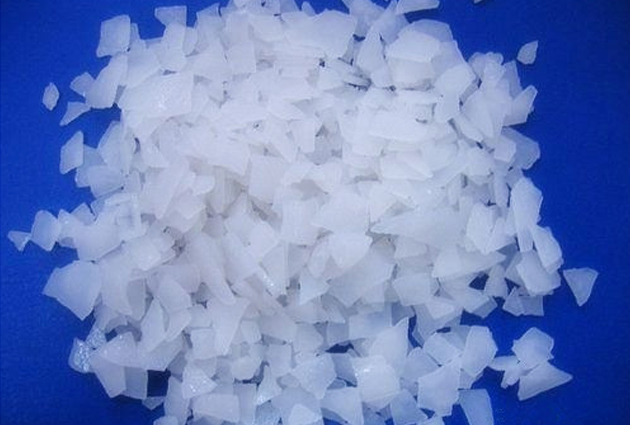
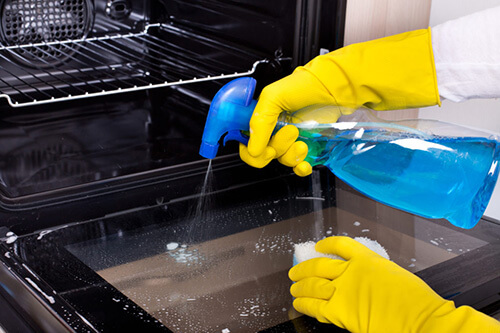
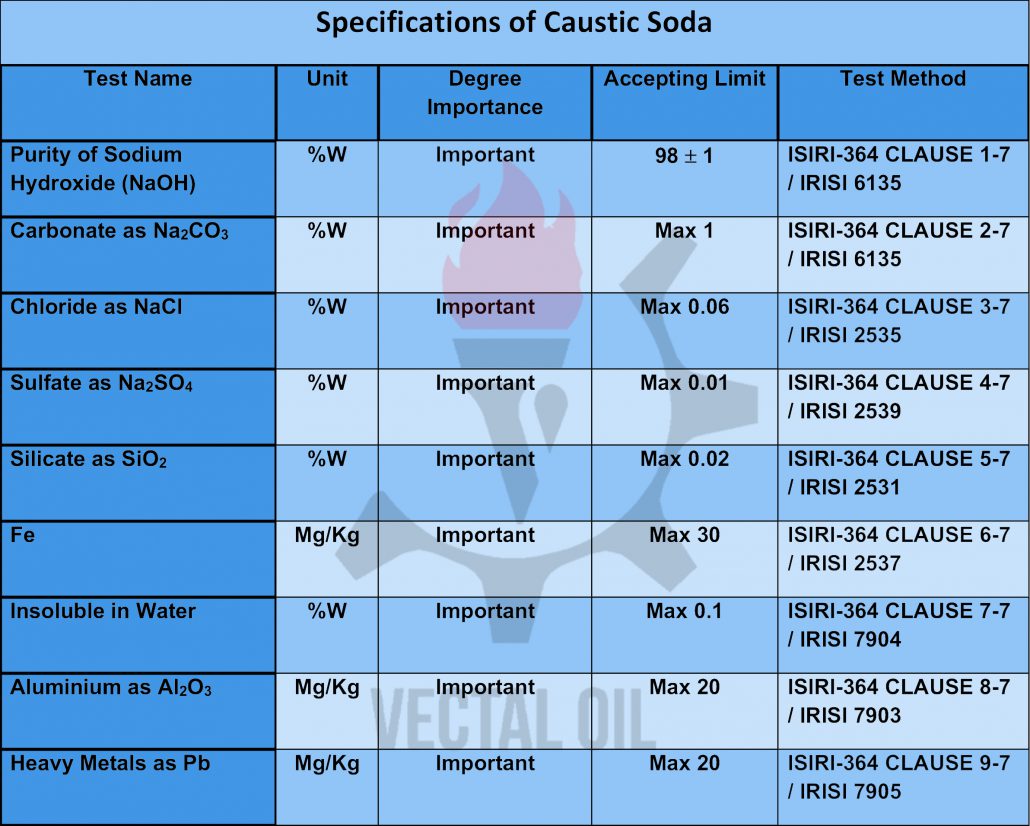
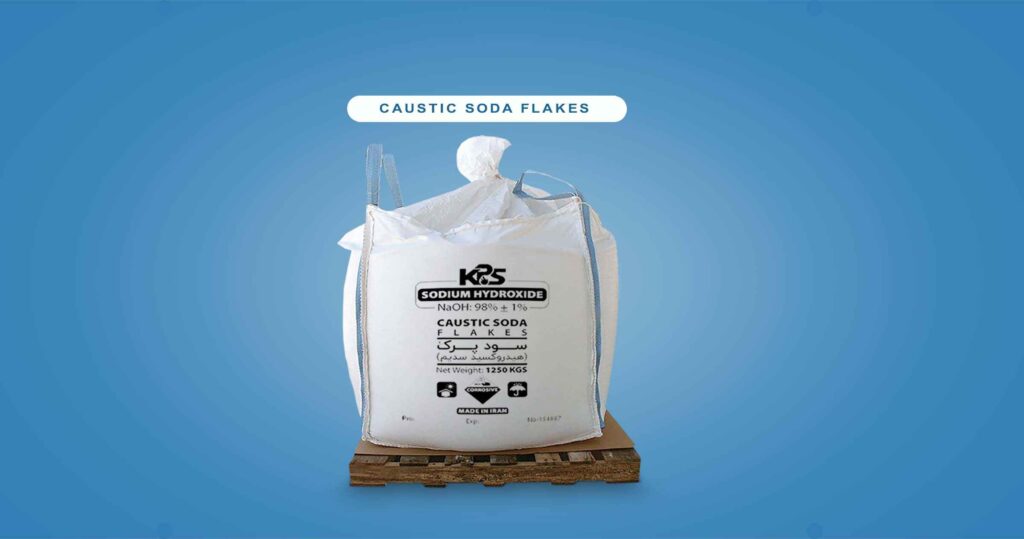

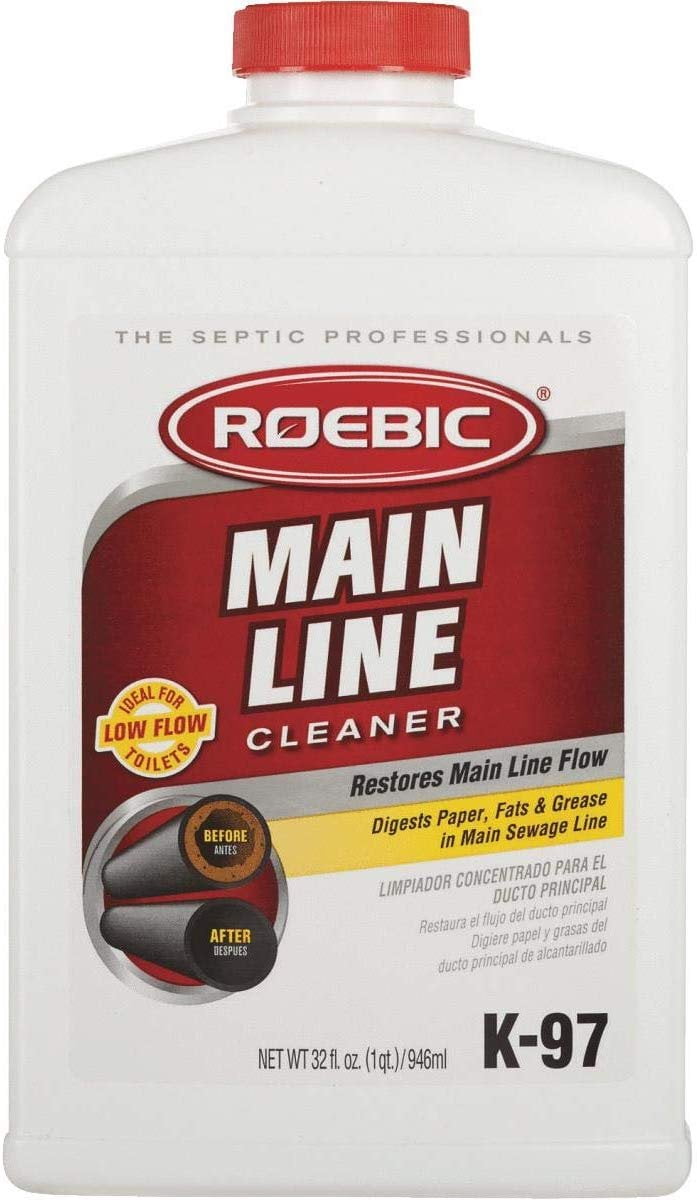




/GreenGobblerRefresh32oz-5bc63b0d4cedfd00266e4611.jpg)


